I spend a lot of time looking for wildlife. It’s a sad commentary on the state of Britain’s depleted nature that I have to go searching for it. Species common in my grandparent’s day have nowadays become an exciting find. But occasionally, just occasionally, nature comes to you, as happened on a trip to Dorest’s Studland beach recently.
I love Studland. The miles of white sand and clear swimming waters make a happy place for my wife, and the mature sand dunes and dry heathland behind make for a happy place for me. Dry heathland, where the marram grass of the dunes gives way to large spreads of heather and gorse, is a rare habitat in Britain, and rare habitat makes for interesting wildlife. I took my binoculars and saw many fascinating things, including a hairy dragonfly engaging in what appeared to be an act of cannibalism on another of its own species, and a singing Dartford warbler.
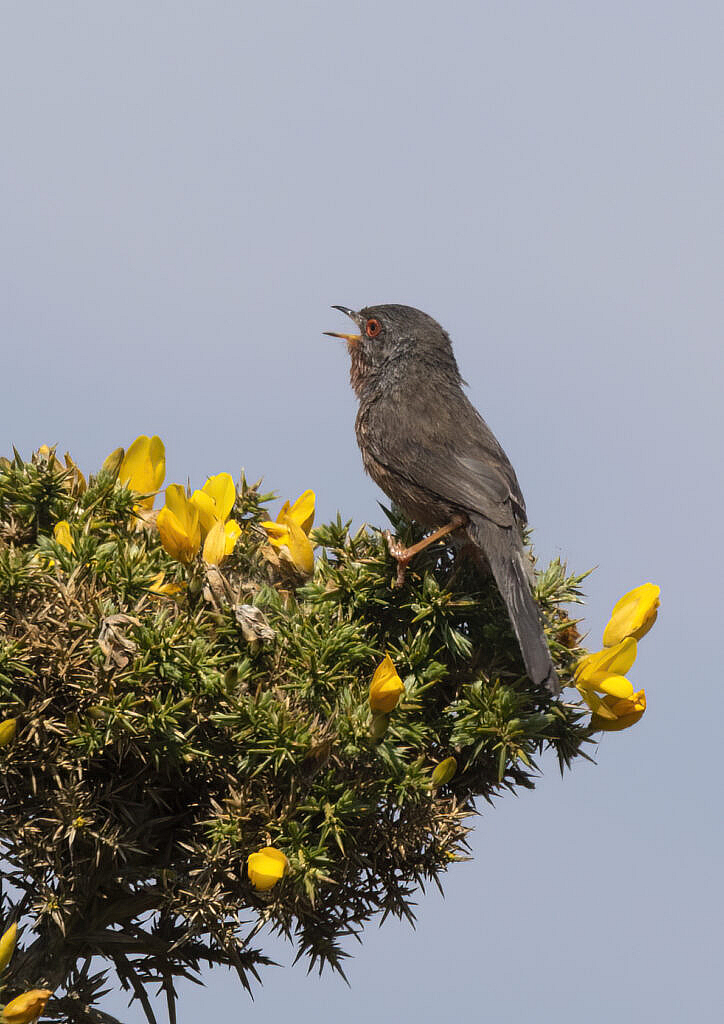
singing Dartford warbler
But if you like your reptiles, Studland is the place to go. It is one of very few places that is home to all six of Britain’s native species – the adder, grass snake and smooth snake, the common and sand lizard, and the slow-worm (which is neither a snake nor a worm, but a legless lizard). As always when I visit Studland, I hope for that ultra-rare glimpse of a smooth snake, but it wasn’t to be. But I scanned open patches of sand and moss as I walked and was rewarded by the occasional glimpse of a sand lizard, usually as a quick skitter of movement as it ran across the ground or under a sheltering piece of gorse.
But then I came across every naturalist’s dream: an animal that didn’t care.
So great is the toll we take on our wildlife that most of it disappears at speed when people turn up. But just occasionally, an animal will be entirely at home with people being around. Sometimes that’s because they are sick. Sometimes it’s because they have eaten so much they can hardly move, or because they are cold-blooded and haven’t got the energy to run away yet. But sometimes it’s because they just don’t care. The beautiful apple-green male sand lizard hanging on some dried gorse was clearly in the ‘don’t care’ box because he had chosen to sunbathe right beside one of the main tracks through the dunes. I suspect a dozen people had already walked past him in the last few minutes without ever realising that he was there.
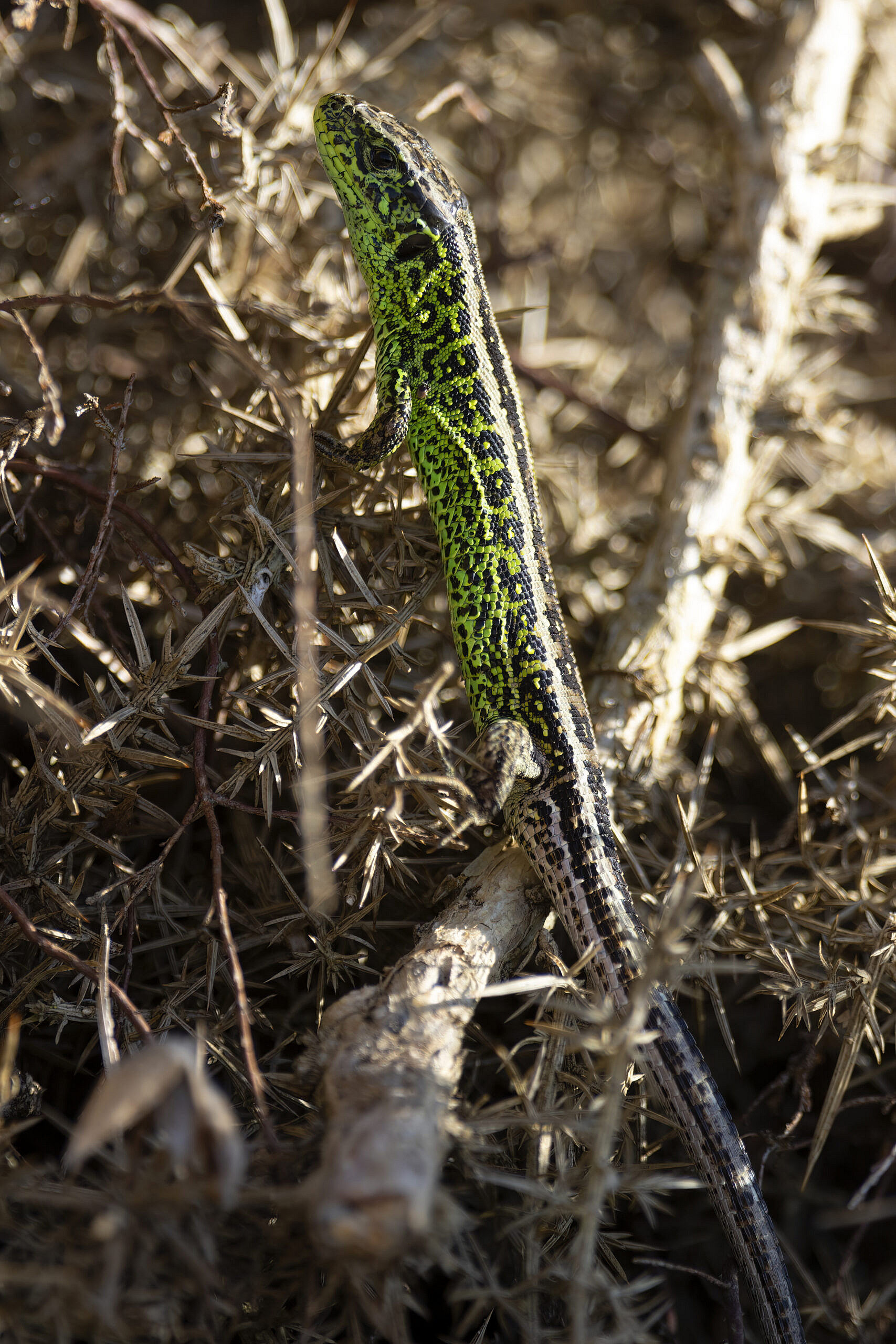
The lizard, which I’ll call ‘Harry’ for no particularly good reason, knew perfectly well that I was there. Now I should say quickly that sand lizards are Britain’s rarest lizard, and protected under Schedule 5 of the Wildlife and Countryside Act. That makes it an offence to “intentionally or recklessly disturb them while they occupy a structure or place used for shelter or protection, or obstruct access to a place of shelter or protection”. But in this rare case of an animal that had chosen to stop next to a frequently-used path, and which I stumbled across, it was safe and lawful for me to observe it. It had multiple routes to escape, and if it felt unsettled, it could leave. But it didn’t. It stayed with me for about five minutes before I left it, still sunbathing and wholly undisturbed. In fact, the only disturbance was to me, as I had to trudge several extra yards around the dunes to another path to get back to the car park to avoid walking right past it.
Separated from nature as we have all become, I get a warm and fuzzy feeling when any animal chooses to spend time with me. It feels absurdly as though an animal has recognised the passion I have for Britain’s wildlife and has chosen to trust me. That’s just anthropomorphic nonsense, but it’s still how it feels. Harry was clearly willing to share some time with me, though we will never know why. He gave me the chance to admire his colours, the small dots of his scales, and the impressively long claws on his toes. Sporting the beautiful apple green that is a male sand lizard’s breeding colour, he was hanging around in the sunshine because eating, basking and making baby lizards are pretty much all male sand lizards do. In case that comes across as sexist, that’s pretty much all female sand lizards do as well, although in the sand lizard world, it’s the men who wear the pretty clothes and the females who are much more drab. Sand lizards like places like Studland because they lay their eggs in warm, loose sand and let the sunshine do the incubating for them – and climate change may be one reason why populations at Studland seem to have stabilised. A baby sand lizard, something I saw a couple of years ago at Studland when I was sitting on a dune eating lunch, never knows its parents: it hatches from its egg and gets right on with finding its first meal – or being eaten: smooth snakes are found at Studland in part because they like to eat lizards.
Whatever Harry’s motives, my encounter with him made my day. It was only when I got home and looked closely at my picture that I noticed the tick clinging to Harry just above his front leg. Lizards often carry ticks, and too many can make them feel unwell. So it may be that Harry wasn’t choosing to spend time with me after all, but rather feeling a little grotty and as a cold-blooded species, hanging out in the sun to feel a bit better. But the reason doesn’t matter. I still felt good after one more life-affirming moment that our wildlife is still out there, and still has some fight left in it yet. Places like Studland are precious and special, and, as this year’s oil spill just around the corner shows, all too easily lost. So if you’re visiting Studland’s stunning beach, take a walk around the dunes as well. You never know what you might see.


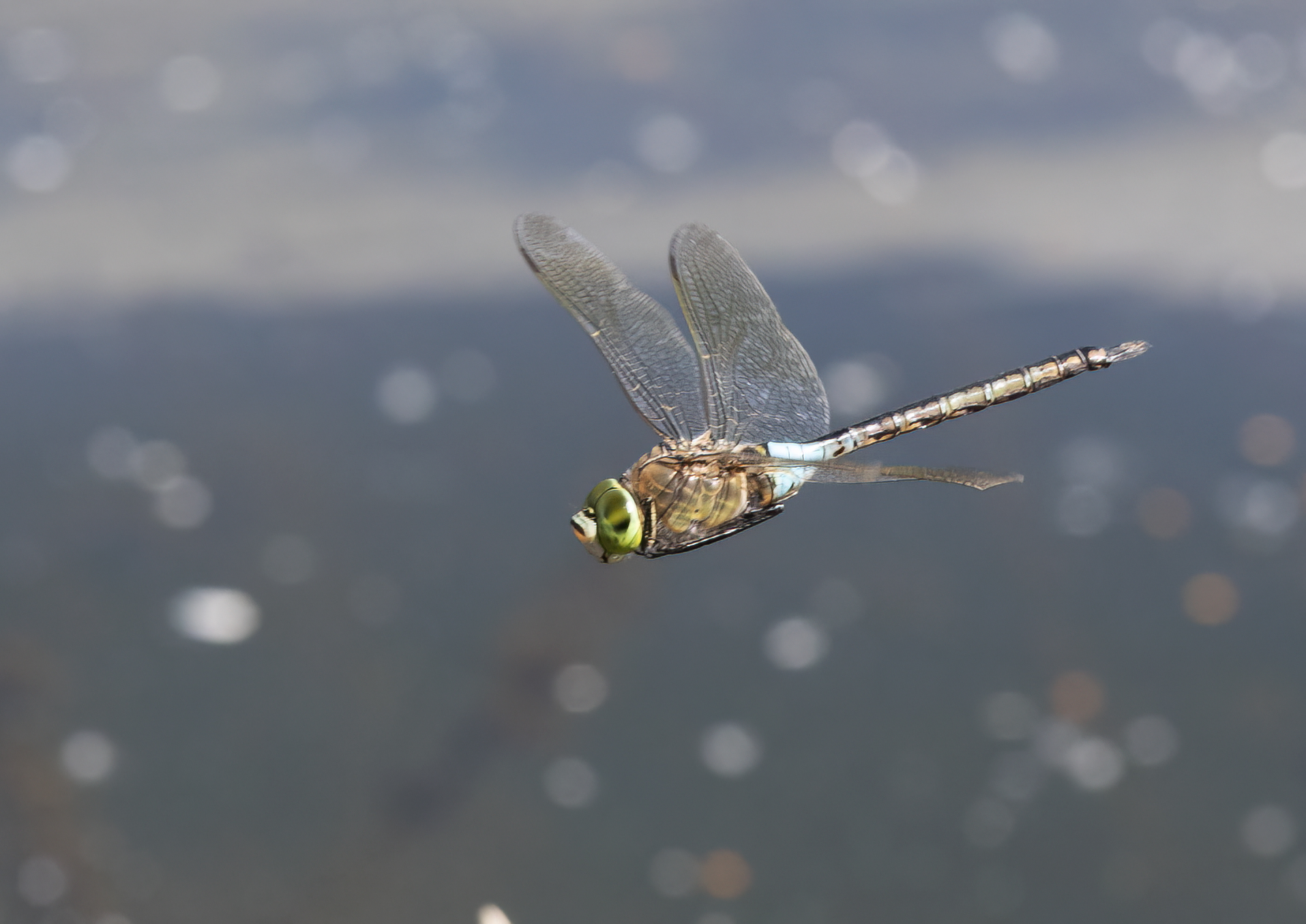
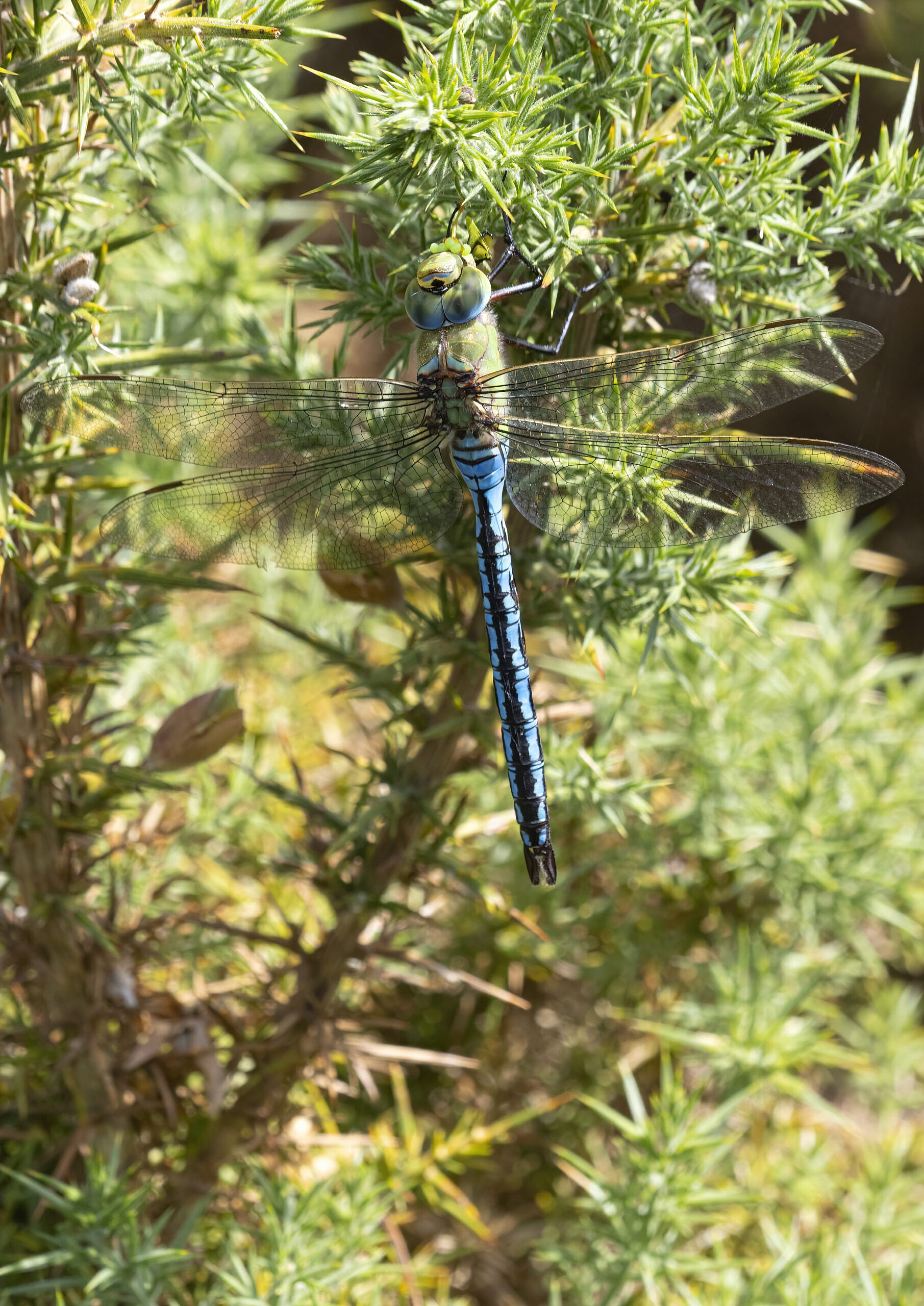
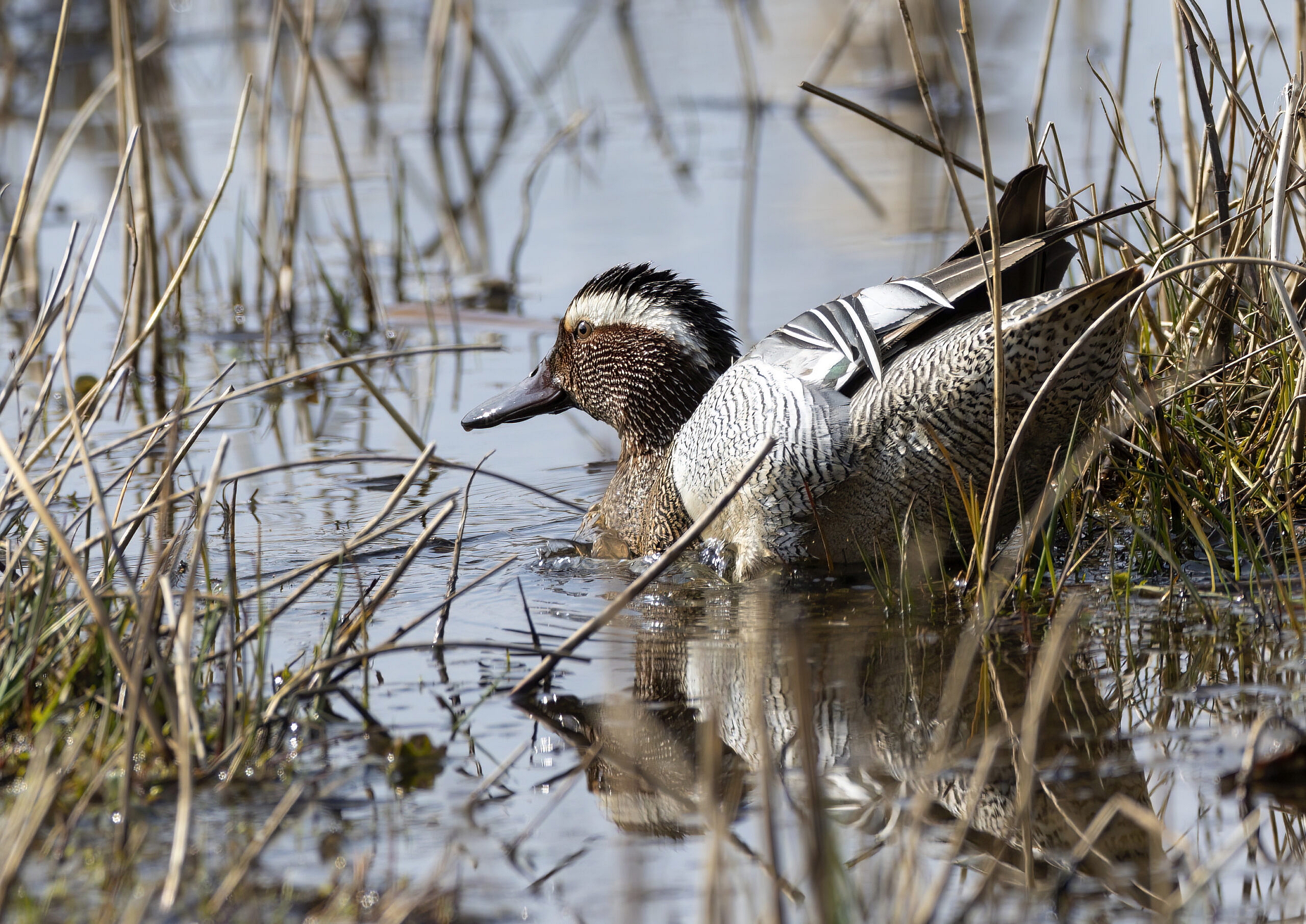

Social Profiles